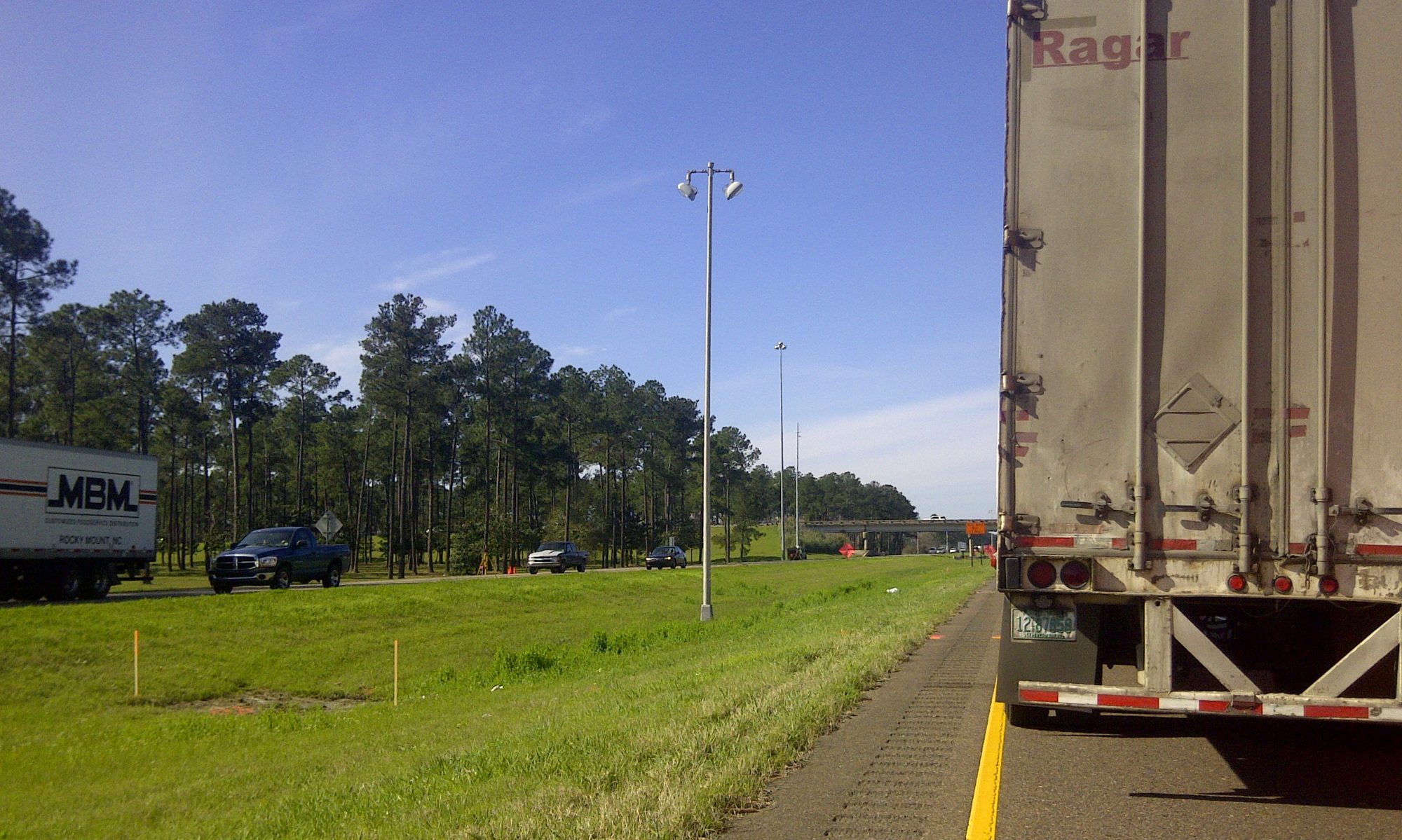Coins, while a medium of exchange, can also be an object of beauty.
My Uncle Tom Cooper was an avid coin collector. He imparted an interest in coin collecting to myself and my bother when we were young boys. Uncle Tom focused on the usual things, mint sets, dollar serial sheets, historical coins, eventually assessing quite a nice collection. My brother renewed my interest in coin collecting with the “America the Beautiful” quarter series. When combined with my spare change from various international trips, I am technically a “coin collector”. (You can’t spend coins from other countries in the U.S., such as my few pre-Euro French Francs, etc., so there is nothing to do but keep them in a bag!) But my effort pales when compared to my Uncle’s collection.
There seems to be no answer regarding how many coin collectors exist. Someone who collects bicentennial quarters or wheat pennies enjoys coin collection. One could argue that anyone with change in their pockets, a jar by the laundry, etc., becomes a coin collector. A collector’s goals could include storing coins found in spare change to acquiring historical, rare, or valuable coins. In all cases, the collector receives some value beyond the collection’s value, such as learning about the desired objects or enjoying its intrinsic beauty. (To the data scientist, would this be considered metadata?)
So the question remains: what makes a collection, including how to value it or determine its minimum size? In all cases, it is not the number of objects that makes something a group, but rather the owner’s interest that genuinely creates value. That is why I was fascinated by the following story (Escape Pod 746: The ’76 Goldwater Dime). The protagonist’s connection is smaller than mine, but he struggles with anyone believing his collection’s validity. He perceives his collection has value but questions if others would share his interest or understand the collection itself. But ultimately, he is happy with his collection, regardless of what others believe.
This led me to consider the following graphic: how big does a collection need to be? For example, the world is full of collectables, such as coins, but also books, dolls, bicycles, etc. There is no end to what one may collect, however both time and money, as well as our interest, limit us to consider what we will collect. Furthermore, we are limited to what we wish to collect by considerations of acquisition, storage, etc., unless of course we become the stereotypical hoarders.

As an economist, I believe people are happiness-seeking creatures, so any collection (that is legal, etc.) becomes a good thing, regardless of the collection’s size or market value. For if beauty exists in the eye of the beholder, the creation of beauty benefits us all.














